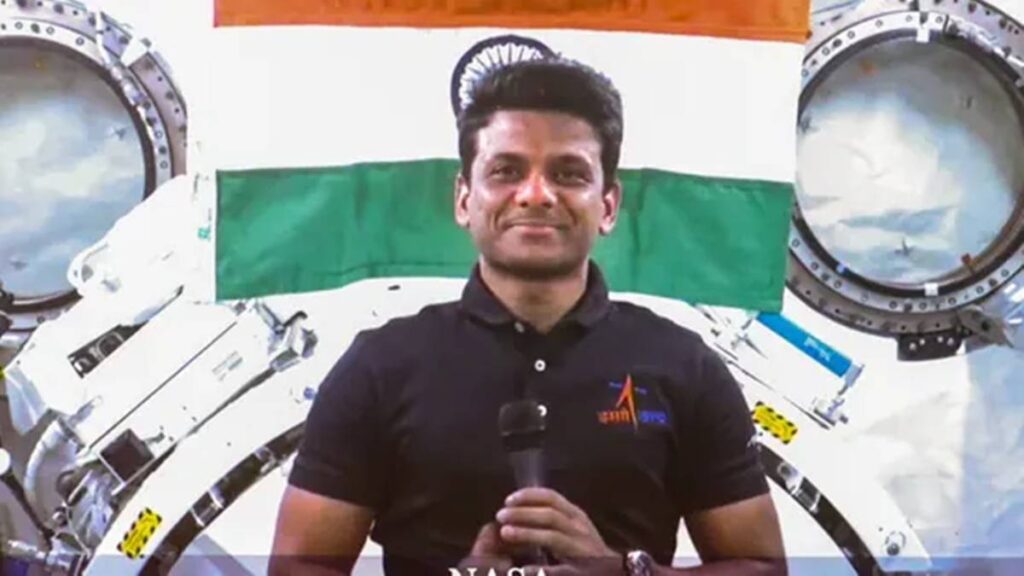Group Captain Shubhanshu Shukla is one of four astronauts aboard the Axiom-4 space mission, a 14-day scientific expedition to the International Space Station (ISS). His mission includes both cutting-edge research and a unique public outreach component.

Interactive Session with Students and ISRO
On July 4, Shukla will connect with Indian school students and scientists from ISRO through ham radio. The interaction will take place via a telebridge set up at the U R Rao Satellite Centre in Bengaluru. This event is part of the ARISS (Amateur Radio on the International Space Station) program, which enables students worldwide to engage with astronauts in orbit.
Ham Radio Ensures Communication Access
Ham radio is a non-commercial communication method valued for its reliability during disasters. It also enables real-time conversations when traditional communication systems are unavailable, making it ideal for connecting space travelers with those on Earth.
Research Activities Underway on ISS
Shukla began his research duties on June 29, 2025. He has since carried out multiple scientific experiments aboard the ISS. One of the key studies is the Myogenesis experiment, focused on understanding skeletal muscle degradation in microgravity. This research, developed by the Institute of Stem Cell Science and Regenerative Medicine (InStem), could help develop therapies for both astronauts and patients on Earth suffering from muscle-degenerative disorders.
Microgravity Research Led by India
ISRO has selected seven microgravity experiments proposed by Indian scientists, which Shukla is conducting during his stay. The goal is to lay the foundation for a robust microgravity research ecosystem in India. This initiative is expected to help develop more advanced experiments in future Indian space missions.
Other Key Experiments
Shukla also completed a space microalgae experiment, where he deployed and monitored sample bags to observe the growth of nutrient-rich algae, a potential food source for long-duration missions. The Axiom-4 crew additionally worked on the Neuro Motion VR project, where astronauts wore virtual reality headsets and performed attention-based tasks, while brain activity was recorded using near-infrared spectroscopy.
Cerebral Hemodynamics and Brain Health in Space
Another significant experiment involved the Cerebral Hemodynamics study. Using ultrasound technology, the study monitors how blood circulates in the brain in microgravity. Findings from this research may help improve treatments for stroke and hypertension on Earth, while also addressing health risks during long spaceflights.
Global Collaboration and Scientific Outreach
The Axiom-4 mission includes nearly 60 scientific studies from 31 countries, including the US, India, Poland, Hungary, Saudi Arabia, Brazil, and Nigeria. Along with ISRO, NASA is also participating in five joint investigations and two in-orbit STEM demonstrations.
India’s Expanding Role in Space Research
Shukla’s work aboard the ISS highlights India’s increasing contributions to space science. Through international missions and research collaboration, ISRO is gaining valuable experience that could shape future human spaceflight and scientific innovation.
